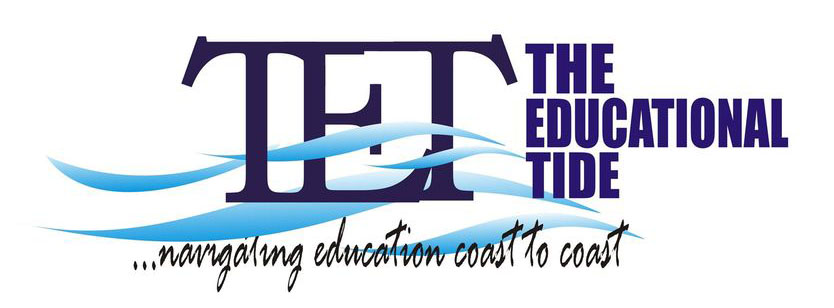Once upon a time, there was a new language model called ChatGPT-4. It had even greater capabilities than its predecessor and had the potential to transform business operations in many ways.
One of the ways ChatGPT-4 could transform business operations was in customer service. It could be used to create better chatbots that understood and responded to customer queries, reducing the workload on customer service teams and improving customer satisfaction.
Another way ChatGPT-4 could be used was in marketing. It could generate high-quality and engaging marketing copy such as product descriptions, blog posts, and social media content, saving businesses time and resources.
Moreover, ChatGPT-4 could be used to analyze large amounts of data and provide insights into customer behavior and preferences. This could help businesses make more informed decisions about product development, marketing strategy, and customer service.
Furthermore, ChatGPT-4 could be used to create interactive training and education materials such as e-learning modules and virtual training sessions. This would improve the effectiveness of employee training and reduce the cost of training programs.
Lastly, ChatGPT-4 could personalize interactions with customers, by using natural language processing to understand their preferences and needs. This would lead to a more personalized and engaging customer experience, improving customer loyalty and retention.
In conclusion, the potential applications of ChatGPT-4 in business operations were vast and varied. By leveraging this powerful language model, businesses could improve their efficiency, effectiveness, and competitiveness in a rapidly changing digital landscape.
The end.














